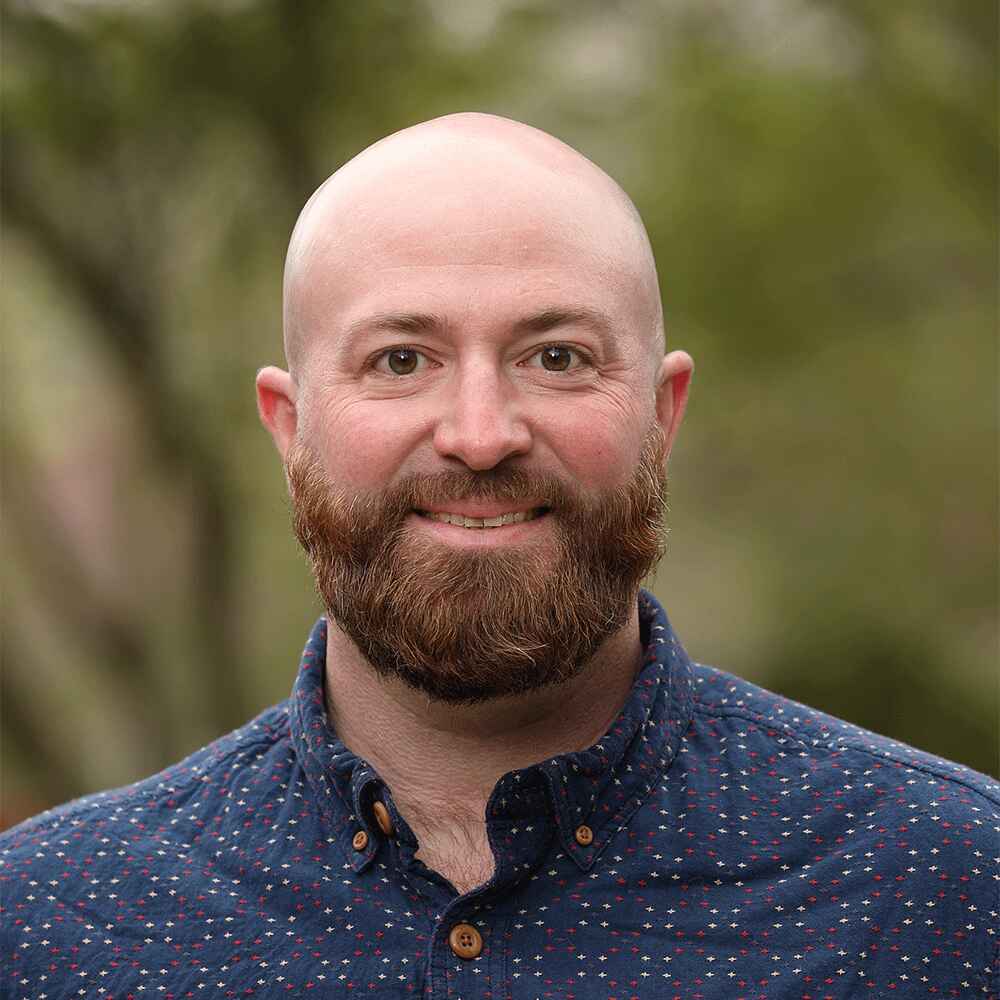
Matthew Cross Jungers
I am a geomorphologist interested in quantifying modern and past rates of landscape evolution. I employ modern field techniques in concert with topographic analyses, remote sensing, soil science, numerical models, and isotope geochemistry to investigate active surface processes and past surface processes preserved in the stratigraphic record. In particular, I am an expert in the application of cosmogenic nuclide (e.g., Be-10, Al-26, Ne-21) geochemistry for both geochronology and the quantification of millenial scale erosion rates. A primary motivation in quantifying the rates of surface processes over geologic time scales is to define background rates of landscape evolution driven by tectonics, climate, and internal sedimentary system dynamics for comparison to rates of surface processes driven by human-induced landscape change.
Learning & Teaching
- GEOS 111, Planet Earth
- GEOS 300, Geomorphology
- GEOS 340, Physical Hydrology
- Assistant Professor, Denison University, 2016 - Present
- Visiting Assistant Professor, Washington & Lee University, 2015 - 2016
- Visiting Assistant Professor, Oberlin College, 2014 - 2015
Research
Generally, my research synthesizes topographic analyses in GIS, surveying hillslopes/rivers in the field, and analyzing isotopes as tracers of surface process rates. In terms of isotopic tracers, my new lab at Denison will focus on using fallout radionuclides like Be-7, Cs-137, and Pb-210 to fingerprint sediment sources and quantify rates of sediment transport over decadal timescales.
Currently, my three most active research projects are:
- The formation and propagation of waterfalls in the Hocking Hills of southeastern Ohio
- The role of beaver in the sediment and carbon budgets of small, upland watersheds of the Adirondack Mountains, New York
- Quantifying the magnitude of landscape-scale drainage reorganization associated with the Illinoian and Wisconsinan ice sheets in Ohio
Other ongoing projects:
- Investigating the imprint of Laurentide glaciation on the fluvial geomorphology and drainage network development of the Tug Hill Plateau west of the Adirondacks
- Refining the story of proglacial lakes and outburst floods in the Black River Valley west of the Adirondack Mountains
Works
Jungers, M.C., and Heimsath, A.M., 2015, Post-tectonic landscape evolution of a coupled basin and range: Pinaleno Mountains and Safford Basin, southeastern Arizona: Geological Society of America Bulletin, v. 128, no. 3-4, p. 469-486.
Jungers, M.C., Heimsath, A.M., Amundson, R., Balco, G., Shuster, D., and Chong, G., 2013, Active erosion-deposition cycles in the hyperarid Atacama Desert of Northern Chile: Earth and Planetary Science Letters, v. 371, p. 125-133.
Jungers, M.C., Bierman, P.R., Matmon, A., Nichols, K., Larsen, J., and Finkel, R., 2009, Tracing hillslope sediment production and transport with in situ and meteoric Be-10: Journal of Geophysical Research-Earth Surface, v. 114, p. F04020.
Cox, R., Bierman, P., Jungers, M.C., and Rakotondrazafy, A.F.M., 2009, Erosion Rates and Sediment Sources in Madagascar Inferred from Be-10 Analysis of Lavaka, Slope, and River Sediment: Journal of Geology, v. 117, no. 4, p. 363-376.
Oerter, E., Amundson, R., Heimsath, A., Jungers, M., Chong, G., and Renne, P., 2016, Early to Middle Miocene climate in the Atacama Desert of Northern Chile: Palaeogeography Palaeoclimatology Palaeoecology, v. 441, p. 890-900.

